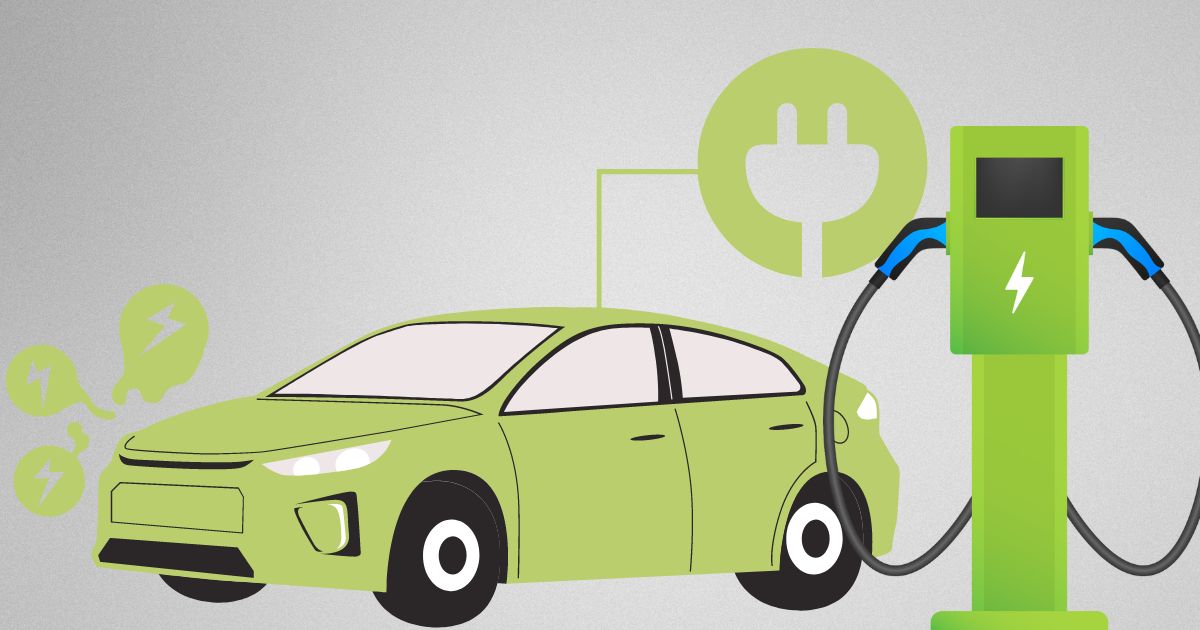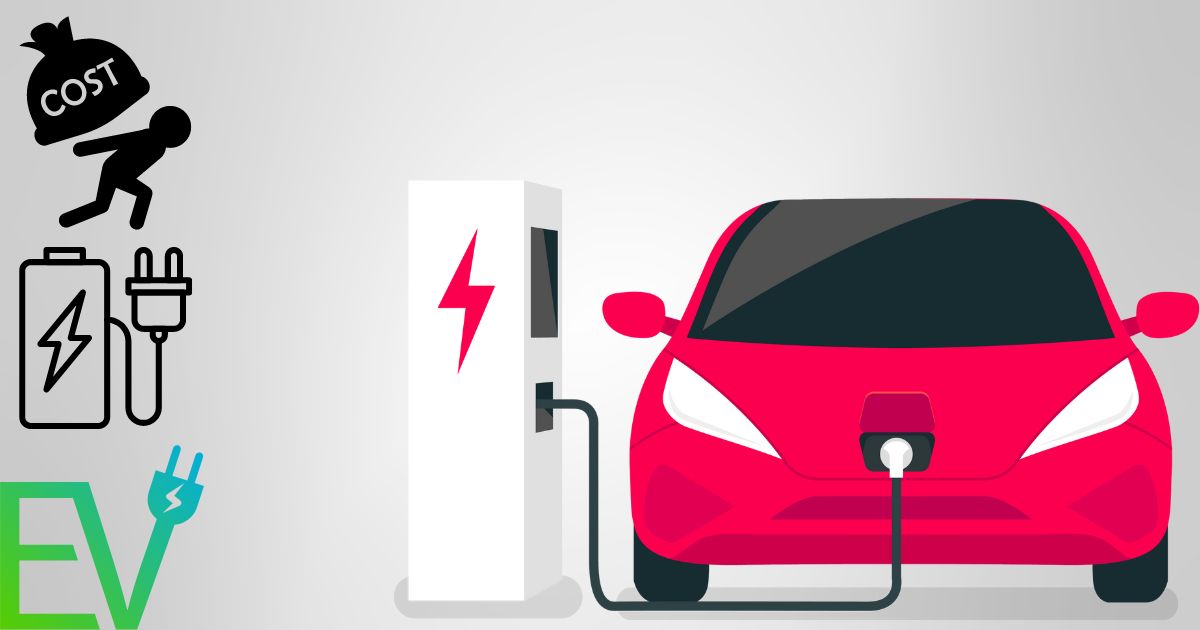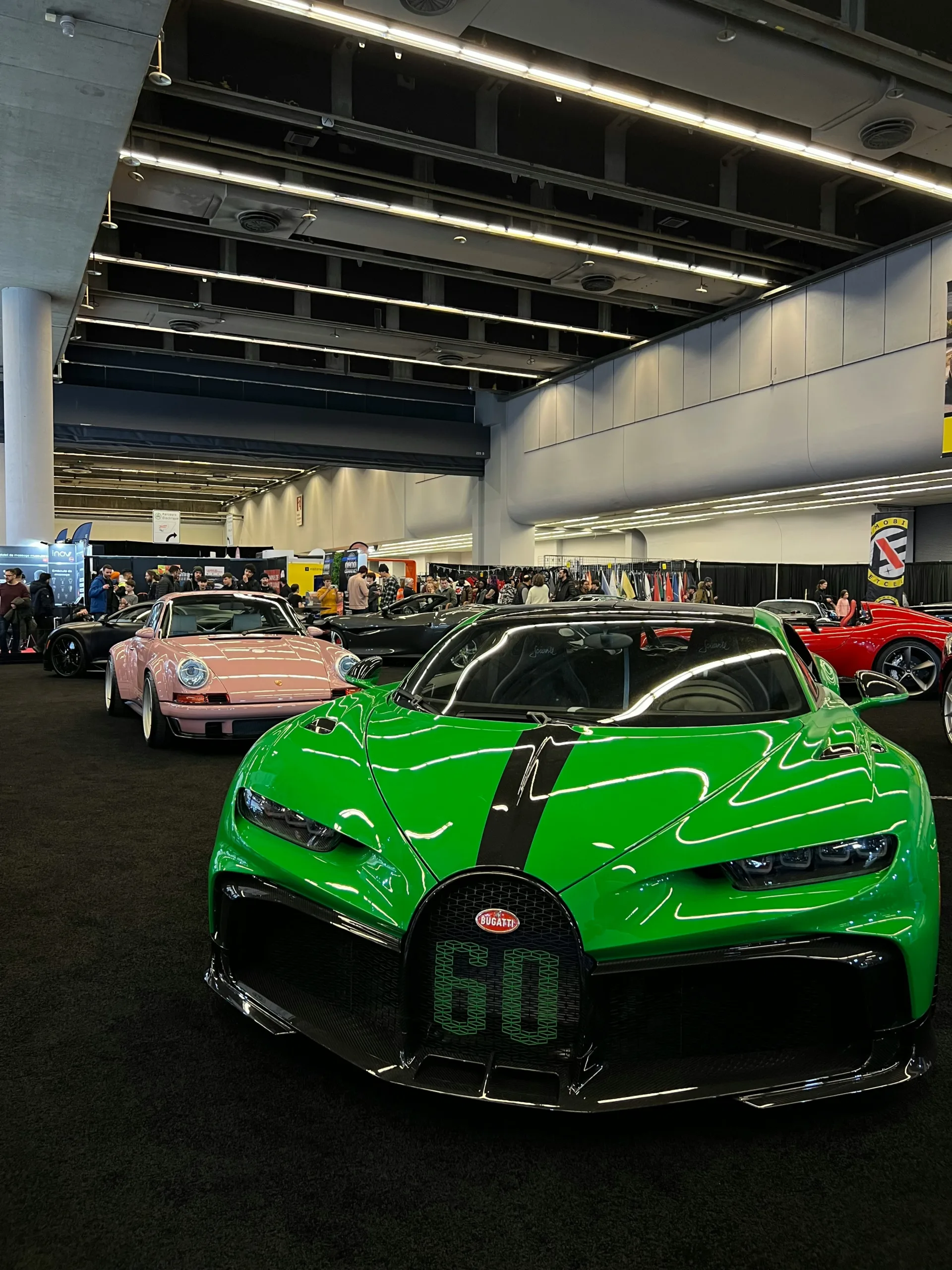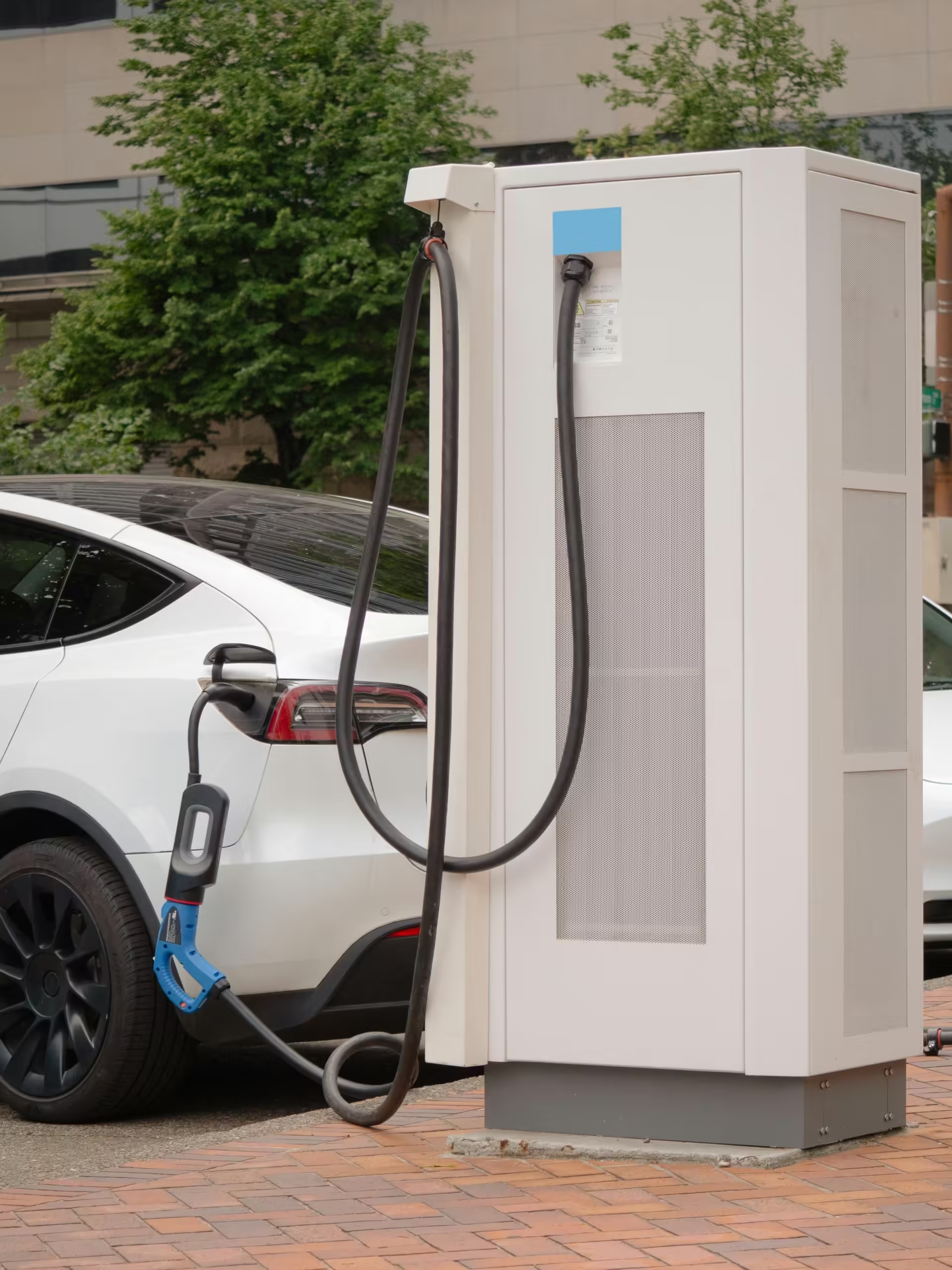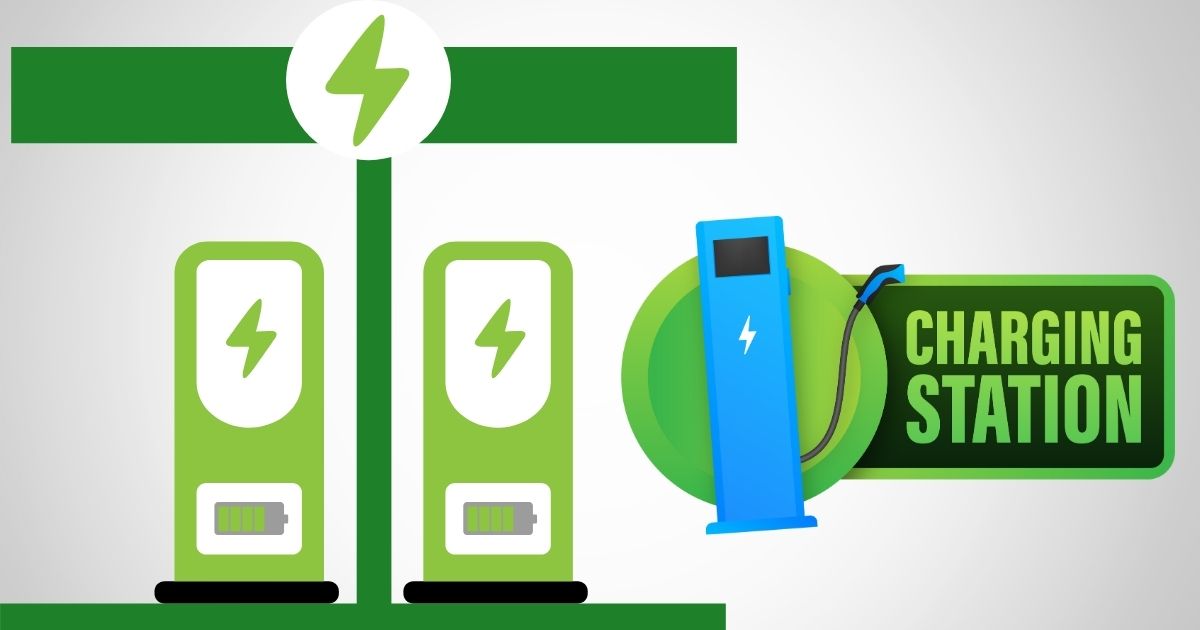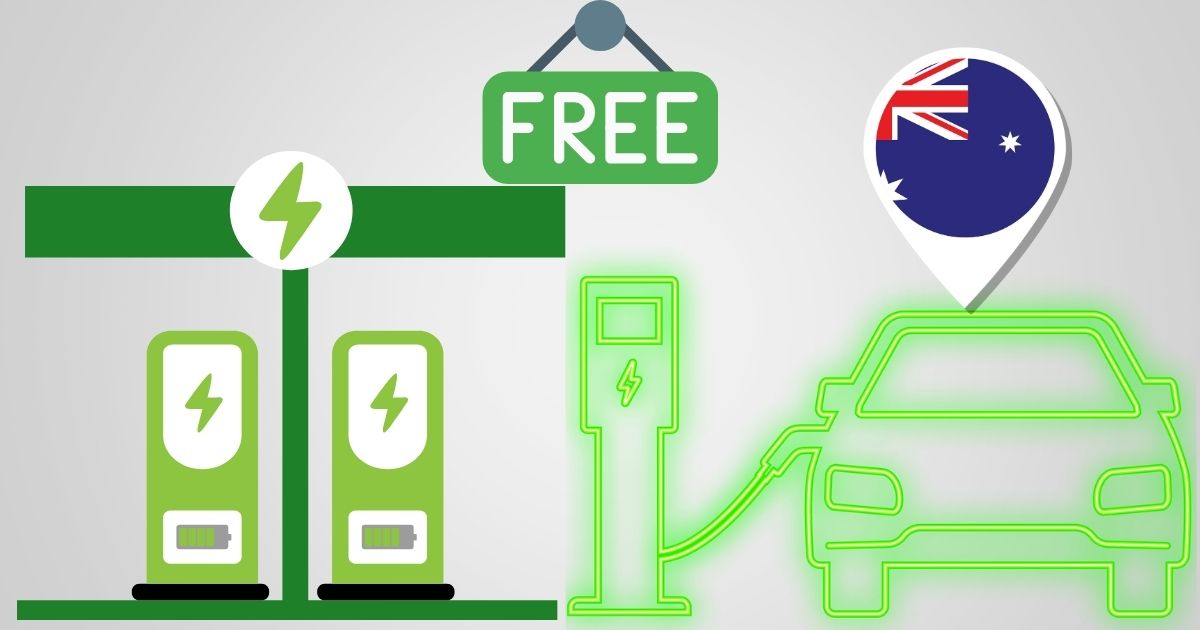“How To Charge An Electric Car In Australia?” Australia is one of the world’s leading markets for electric vehicles.
To keep up with the ever-increasing demand for electric vehicles, it is crucial that the number of charging stations be increased accordingly.
In recent years, that has indeed been the case. The increasing demand for electric automobiles in Australia has led to the continuous expansion of electric charging facilities across the country.
One of the best places to install an electric charger is at home. You can leave your electric car to charge till the next day.
That’s the convenience you enjoy when you install an electric charger at home.
Electric chargers can also be installed in public like restaurants and workplaces where workers charge their electric cars while they work. Locating an electric charging depot in Australia is an easy task.
Again, the taste for electric cars continues to rise in Australia because of the strong performance of electric cars and their ability to travel long distances coupled with the continued rise in fuel prices.
Using electric cars and chargers means you do not have to worry about fuel costs.
There was a 120% increase in electric car deals between 2022 and the first quarter of 2023.
This prompted a complementary 57% expansion in charging stations at the exact time, says the Electric Vehicle Council of Australia.
How Can One Charge Electric Car In Australia?
There are a lot of options to consider if you want to charge your electric car In Australia;
- You can charge your electric car with a 240V wall socket at your residence. However, it has a slow charging pace, so you leave your electric car on charge till the next day to fully charge your battery. Another way you can charge your Electric car at your residence is by installing a wall box charger known as the Level 2 AC. The charging speed is much faster than charging from a wall socket.
- You can also locate public (Alternating current) charging stations in supermarkets, public car parks, tourist sites, and most Electric car service centers, and charge your electric car. Some well-known charging networks are Tesla superchargers, BP pulse, Chargefox, Evie Networks, and Everty. The requirement to be able to use these public AC stations is to have a Mennekes-type 2 adaptor.
- You can charge your electric car at a Direct Current(DC) charging station in Australia. These charging stations are noted for quick charging and are popularly located along significant roads to serve electric cars with fast charging. A typical example is the Tesla supercharger eclectic stations. The two main ideal DC chargers used commonly in Australia are the combined charging system and CHAdeMO.

Key Things To Note When Charging An Electric Car In Australia
one of the key things to note when charging an electric car in Australia are;
- The recommended plug for the L1 and L2 chargers is the J1772 plug. If you drive a Tesla the recommended plug for your L3 charger will be the J3200 plug.
- L2 and L3 chargers are commonly used in most of the public electric charging stations in Australia. They are both fast chargers but the L3 charger is faster it operates on Direct Current(DC). Use the L3 charging in case you are going on a long journey trip.
- Do not leave your electric car on charge even when the battery is full. This could damage your electric car battery which costs a lot to replace. Always practice home charging for your electric car. You get a lot of time to fully charge your electric car when you charge at home because you can leave your electric car to charge till the next day. The popular charger used in the various homes of Australians is the Level 1 charger. Plug the Level 1 charger into a 120-volt household circuit for smooth charging.
- Take note of the size of your battery whether big or small. This will give you insight into the period it will take for your electric car to fully charge.L2 fast chargers can fully charge a small battery size electric car in just two(2) hours and over seven(7) hours for electric cars will large barry sizes. In a nutshell, a large electric car battery size means higher charging time and vice versa.
How Long To Charge An Electric Car In Australia?
Several factors determine the hours to charge your electric car in Australia.
An L1 Alternate Current (AC) charger will take longer to charge an electric car likened to the L2 and L3 Direct Current (DC) chargers.
The number of hours it will take to charge your electric charger in Australia will be defined by the charger you use.
Your battery size and the percentage level before charging will determine how long it will take to charge it.
The slow L1 charger mostly used at home will take you between 8 to 20 hours to fully charge your electric car, which is for everyone your electric car gets about 2-5 kilometers of coverage.
With the L2 charger, your electric car will get about 20 to 50 kilometers of coverage for every hour you charge and about 2 to 8 hours to charge fully.
The L3 Direct Current (DC) Charger can provide your electric car with 200 kilometers of coverage for every 30 minutes you charge your electric car.
With the L3 Direct Current (DC) Charger, your electric car requires about 1-2 hours to attain full charge.
How Much To Charge An Electric Car In Australia?
It costs less to charge an electric car in Australia than to pay for fuel for a traditional petrol or diesel-using car.
You pay less charges if you charge your electric car at a public charging station. Most electric car companies also supply electricity for free sometimes or at a very low cost.
For instance, Jolt provides 7kWh of free power every day, which is enough for about 45 kilometers of driving range.
The average cost of charging an electric car in Australia is shown in the table below;
| Charger Type | The average cost to charge. |
| Level 1 charger for domestic use | AU$0.15 – 0.30 kilowatt per hour |
| Level 2 public charger | AU$0.20 – 0.25 kilowatt per hour |
| Level 3 fast charger | AU$0.30 – 0.60 kilowatt per hour |
Transport
Charging an electric vehicle
This page provides a general guide about Australian EV chargers including charger types, speeds, instructions, and plugs.
What are chargers and electric vehicle supply equipment?
Electric vehicle supply equipment is the hardware that delivers energy, from an electricity source, to charge an EV battery. It is often referred to as the charging station and sits outside of the car.
